How King Arthur, a French town, and the name 'Alan' are related to an ancient kingdom in Russia
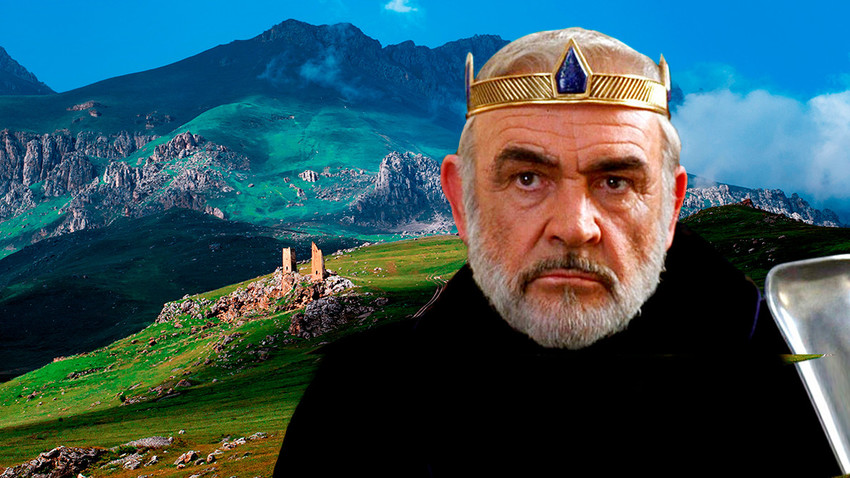
Are you friends with someone named “Alan”? Well, little does he know that the origins of his name owe to a mysterious Iranic kingdom that once lived in what is now modern-day southern Russia. More than 1,500 years ago they migrated to Europe and influenced the creation of the legend of King Arthur. We know it sounds preposterous, and it’ll take some explaining…
In the 4th century AD, the Alans established a kingdom straddling a strategic intersection of the Silk Road trade routes. In the 10th century, they converted to Orthodox Christianity and maintained close relations with their Byzantine and Russian neighbors
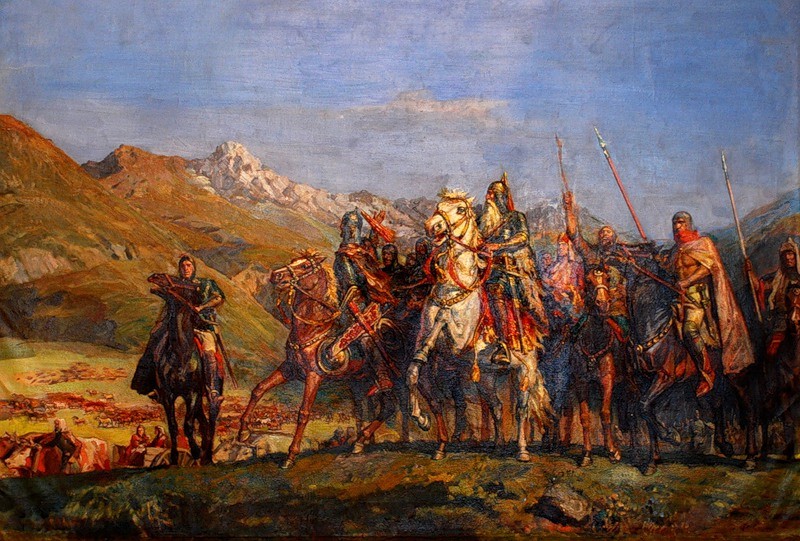
'The Alans in action' by Azanbek Djanayev
M. S. Tuganov Art Museum in Vladikavkaz, North Ossetia-Alania, RussiaAlans take Europe
But this is just where the story begins. Around the same time as the 5th-century invasion of Attila the Hun, a group of Alans decided to seek better prospects in Europe. Using ruthless cavalry raids, these warriors carved out miniature kingdoms throughout modern Hungary, France, and Spain. Archeological excavations of elongated skulls, jewelry, and colorful fabrics attest to a
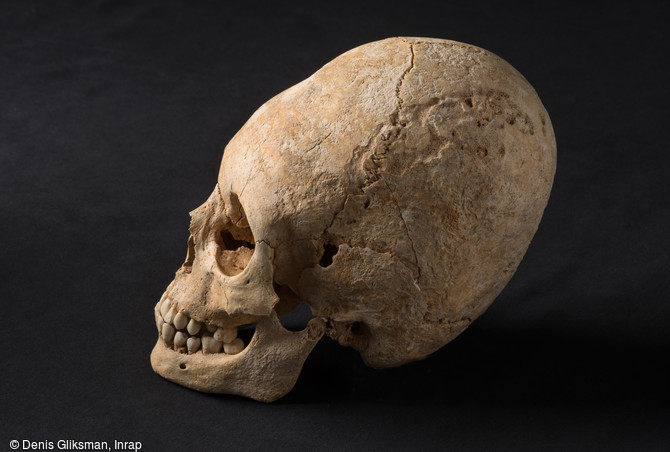
Alan and Hun warriors wore special helmets that elongated the shape of their skull in order to scare off enemies, which have been unearthed all over France
Denis Gliksman, InrapIn Hungary, there is even a region inhabited by descendants of the Alans. Known as Jaśzberény (in Hungarian, Alans were called “Yas”), it still celebrates some traditions, such as the ceremonial blowing of a 9th-century horn. Even the common English first name, “Alan,” is said to
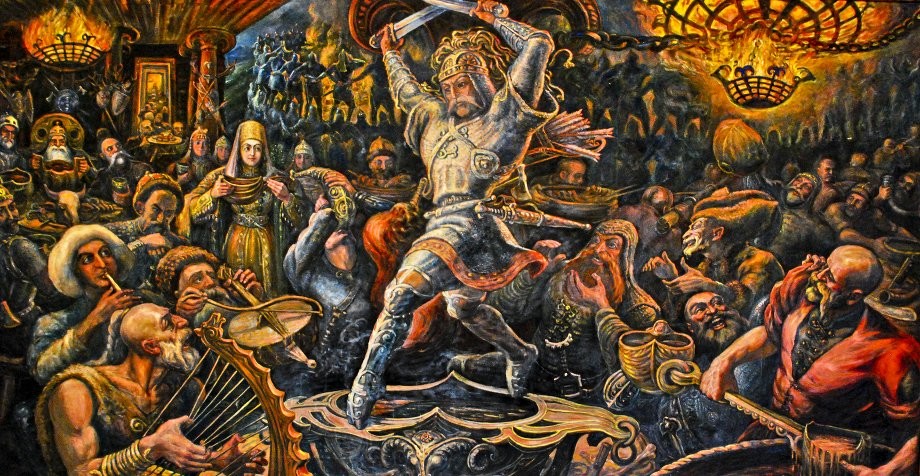
Makharbek Tuganov. Illustration to 'The Nars Sagas,' the original Caucasian legends behind King Arthur
gorets-media.ruWhere to find traces of Alans today
To where has this great band of warriors, who ventured from the Caspian to the Atlantic, disappeared? Whom should all King Arthur fans and people named “Alan” thank?
Tucked in the mountains of Russia’s North Caucasus is the small Republic of North Ossetia-Alania, whose people still speak the UNESCO-protected language and follow the traditions of the ancient Alans.
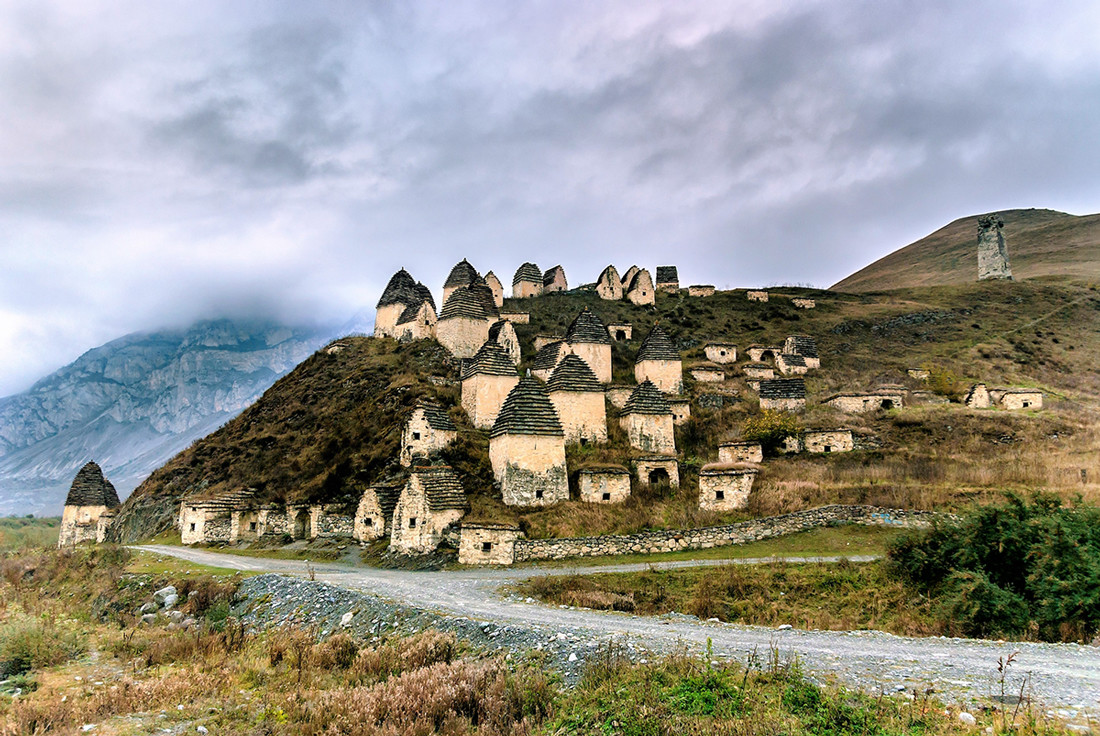
The “city of the dead” Dargavs, North Ossetia-Alania
Legion MediaThe Ossetians aren’t the only people of the North Caucasus that carry
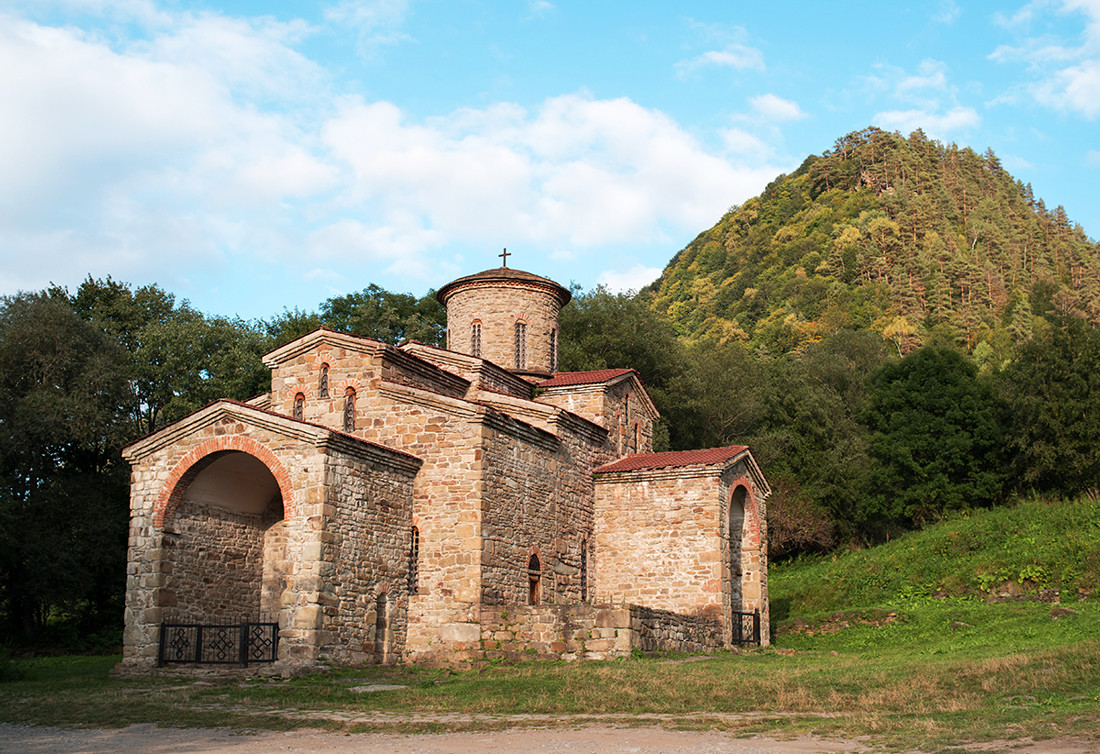
Zelenchukskaya Monastery, center of religious life for medieval Alania
Anton Podgaiko/TASSHollywood's support for Russia's 'Sarmatian Theory' of King Arthur
In Russia in the 1990s, Brits and American expats were often surprised to hear their Ossetian friends speak about the 'Sarmatian Theory,' which purports to explain the origins of England's legendary King Arthur. Needless to say, such claims were often met with chuckles and disbelief.
The Ossetians are among the smallest nations in the Caucasus region, but they're descendant of the once mighty Alans who lived on the northern and eastern shores of the Black Sea. So, not surprisingly, their legends and myths were not taken seriously. In 2004, however, the 'Sarmatian Theory' got a boost from a very unexpected ally, when Hollywood released the film, "King Arthur," starring Clive Owen and Keira Knightley. The central plot entirely embraces the 'Sarmatian Theory.'
The film starts with 'historical' background when the narrator says: “By 300 AD, the Roman Empire extended from Arabia to Britain. But they wanted more. More land, more peoples loyal and subservient to Rome. But no people so important as the powerful Sarmatians to the east. Thousands died on that field and when the smoke cleared on the fourth day, the only Sarmatian soldiers left alive were members of the decimated but legendary cavalry. The Romans, impressed by their bravery and horsemanship spared their lives. In exchange, these warriors were incorporated into the Roman military."
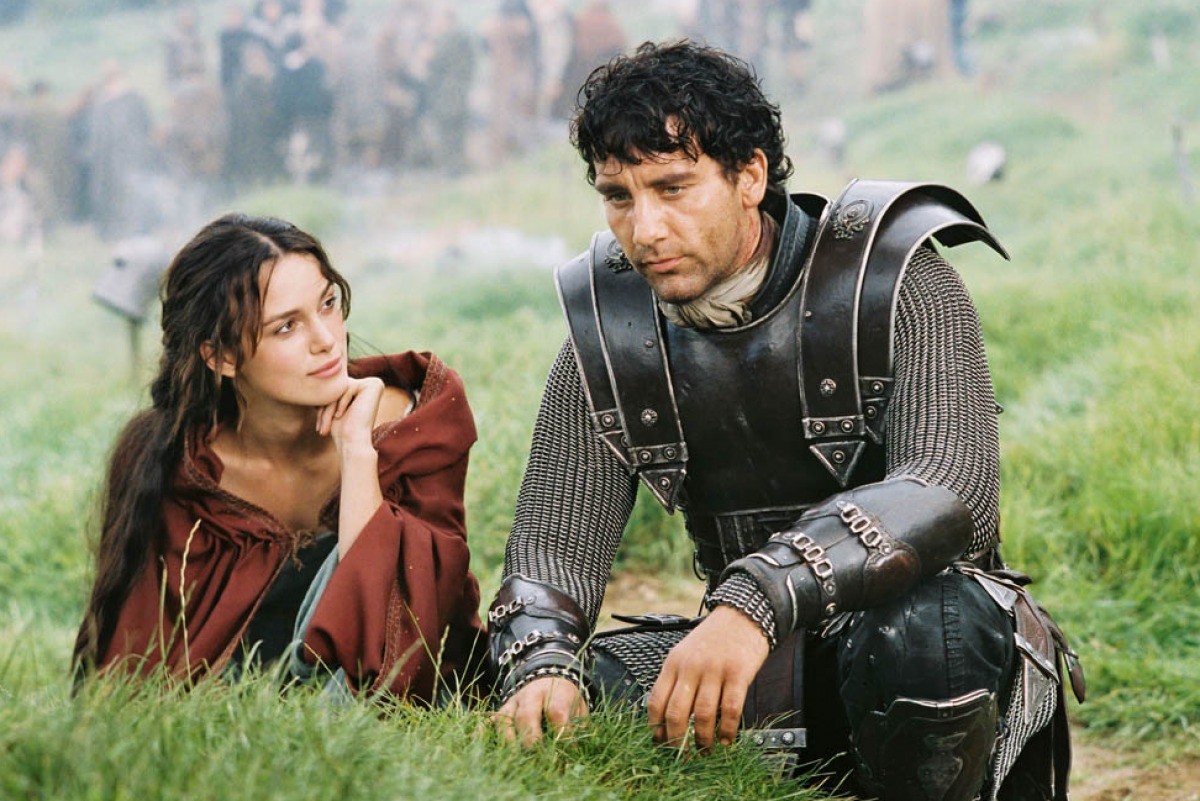
A screenshot from 'King Arthur' movie
The deal was that their sons and descendants would forever serve Rome as an elite cavalry force, and so they were sent to Roman Britain to fend off raiders from the north. "So as our forefathers had done, we made our way in the cortege of the Roman commander in Britain, ancestrally named for the first Artorius, or Arthur,” adds the film's narrator.
Indeed, historians believe that in 175 AD, Emperor Marcus Aurelius stationed 5,500 Sarmatians in Britain, forming a unit that remained there for generations. Also, a 5th century Roman document mentions a ‘Sarmatian formation’ serving in Britain, but by that time the empire was collapsing. Rome exited Britain about 400 AD.
This is where the film, "King Arthur" found an opportunity for storytelling. With the Romans gone, the elite Sarmatian cavalry, lead by King Arthur, stayed in Britain and united the local Celts to repel the invading Germanic tribes. The film ends with King Arthur and his Knights celebrating victory over the Germanic tribes.
Defending England from attacking Germans... Now, that sounds familiar and is something many British and Russians can relate to; even though those Germanic tribes eventually did triumph in the case of ancient England.
Read more: Kubachi: Preserving ancient crafts in Russia’s North Caucasus
If using any of Russia Beyond's content, partly or in full, always provide an active hyperlink to the original material.
Subscribe
to our newsletter!
Get the week's best stories straight to your inbox